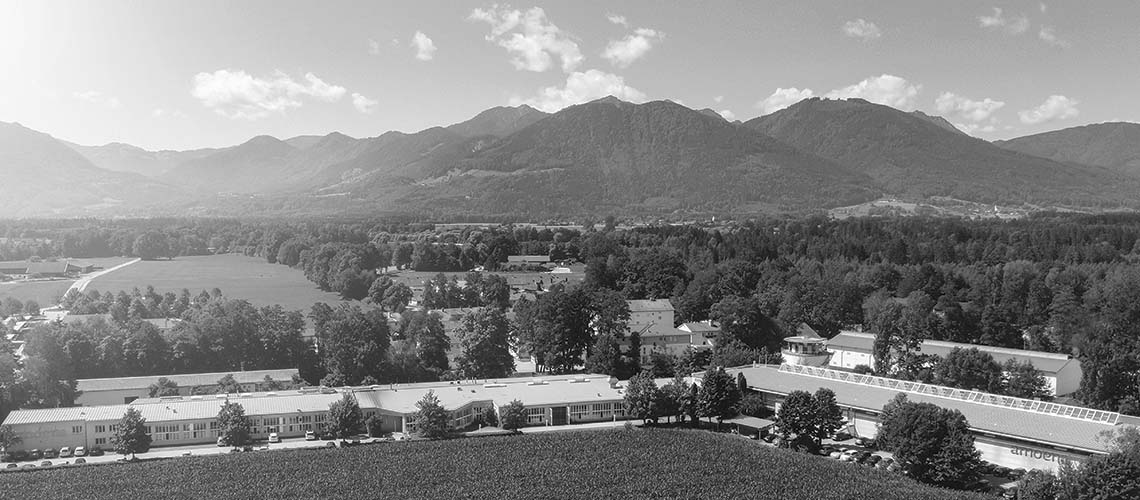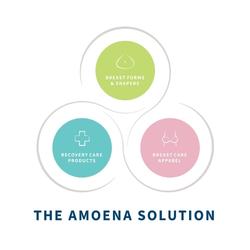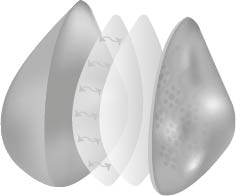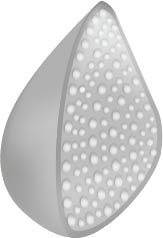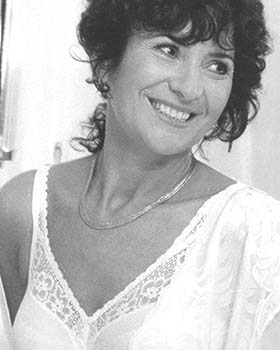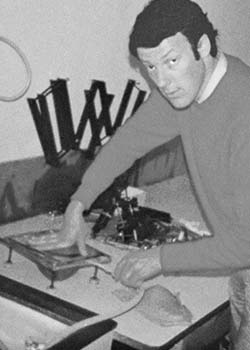Menu
Amoena Solution
With the introduction of our expanded recovery care range, we are able to offer our customers everything they need for their breast cancer journey – from diagnosis to returning to their normal daily lives. We call it The Amoena Solution.






